Skin Lumps and Bumps
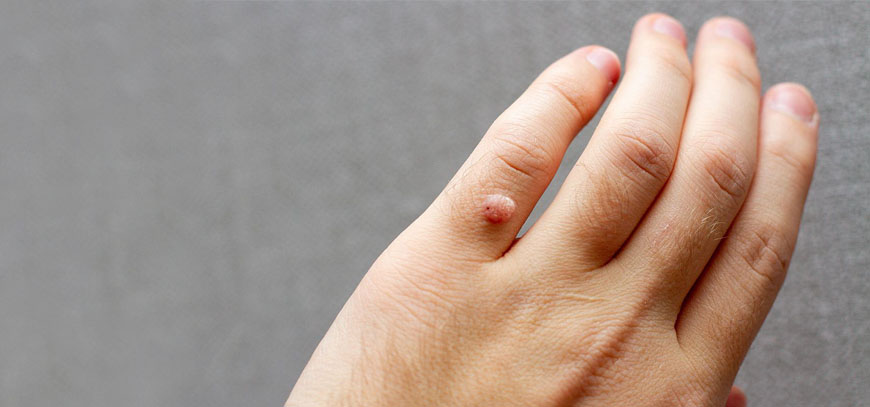
Skin lumps are usually regarded as non-threatening. However, it is essential to remain vigilant for any alterations in the lump's colour or size. In such cases, seeking the expertise of a dermatologist is advisable to investigate the possibility of cancer.
What are Skin Lumps?
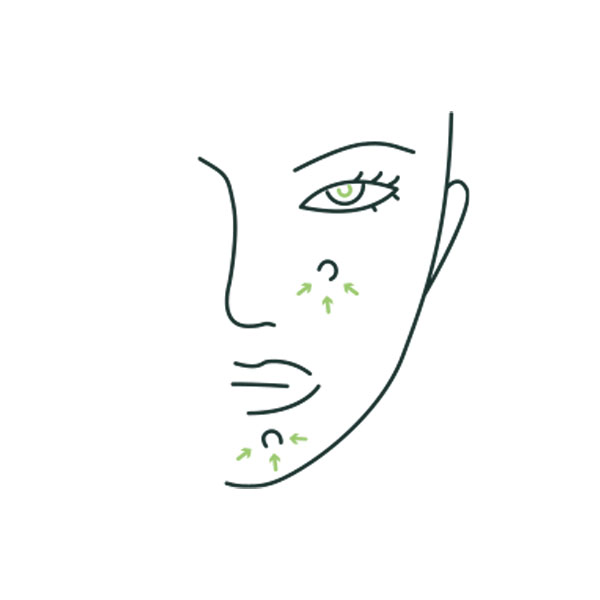
Skin lumps are characterized by raised areas of skin that may exhibit various textures, such as hardness or softness and mobility. Injuries can often result in swelling, leading to the formation of skin lumps.
Most skin lumps are benign, signifying that they are non-cancerous. Typically, they do not pose significant risks and do not disrupt your daily activities. If you have concerns regarding any unusual skin growths, it's prudent to consult your healthcare provider or a dermatologist for proper evaluation.
Main causes of skin lumps:
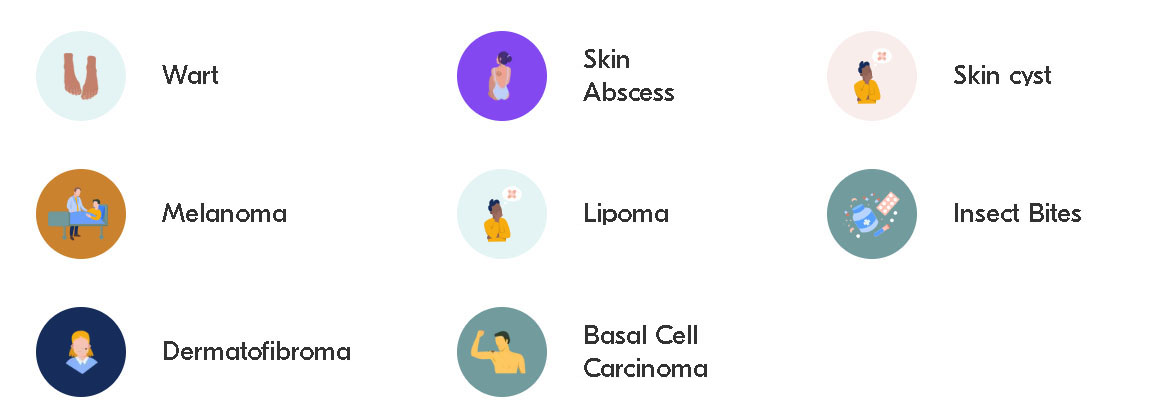
Skin lumps may stem from various health conditions, varying in their degree of seriousness. Typical examples and origins of skin lumps encompass:
- Injuries or trauma to the skin.
- Development of acne.
- Presence of moles.
- Formation of warts.
- Accumulation of infectious pockets like abscesses and boils.
- Growth of cancerous masses.
- Formation of cysts.
- Development of corns.
- Occurrence of allergic reactions, which can lead to hives.
- Enlargement of lymph nodes due to various reasons.
- Manifestation of childhood illnesses, such as chickenpox.
Skin Lumps and Bumps removal surgery procedure:
Different techniques are used for the removal of skin lesions, each tailored to specific cases. Let's explore some of these methods:
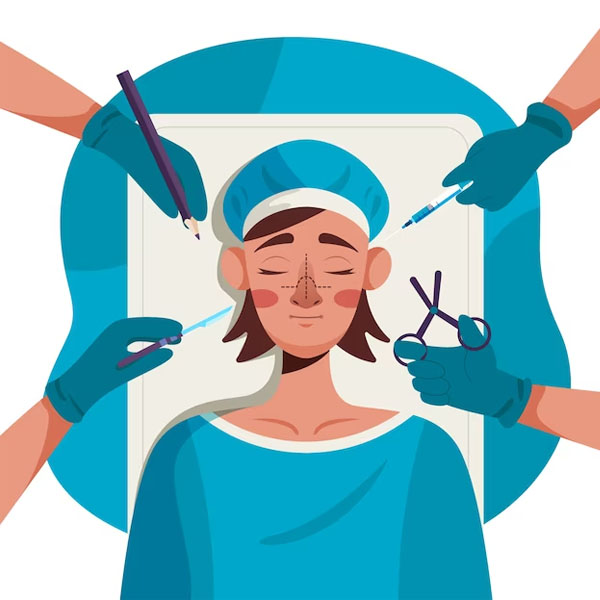
- Shave Excision: This approach targets skin lesions that rise above the skin or are in the upper skin layer. The doctor numbs the area and employs a small blade to remove the outermost skin layers, including all or part of the lesion. Stitches are usually unnecessary, and the area is treated with medicine or cautery to stop bleeding.
- Simple Scissor Excision: Like shave excision, this technique suits skin lesions above the skin's surface. The doctor grasps the lesion with forceps and uses small, curved scissors to carefully cut around and beneath it. A curette may be employed to remove any remaining parts of the lesion. Stitches are rarely needed, and the area is treated to stop bleeding.
- Skin Excision - Full Thickness: For deeper skin lesions, including suspected skin cancers, this method is used. The doctor removes the lesion down to the fatty layer under the skin, ensuring clear margins by also removing a small amount of surrounding normal tissue. Stitches are used to close the area, and in some cases, a skin graft or flap may be utilized.
- Curettage and Electrodesiccation: This procedure involves scraping or scooping out superficial skin lesions. High-frequency electrical current (electrodesiccation) may be applied before or after the scraping. This method is suitable for certain types of lesions that do not require full-thickness excision.
- Laser Excision: Laser beams are precisely focused on specific types of cells to remove benign or pre-malignant skin lesions, warts, moles, sunspots, hair, small blood vessels, and tattoos.
- Cryotherapy: Cryotherapy involves super-freezing tissue to destroy it. It is commonly used for warts, actinic keratoses, seborrheic keratoses, and molluscum contagiosum. Liquid nitrogen is applied using a cotton swab, spray canister, or probe, with minimal discomfort and blistering after the procedure.
- Mohs Surgery: This specialized technique treats certain skin cancers while sparing healthy skin around the affected area. It ensures thorough cancer removal with minimal damage.
Each technique is tailored to the specific characteristics of the skin lesion, providing effective treatment, and promoting healing with minimal complications.
What is cost for skin lumps and bumps removal?
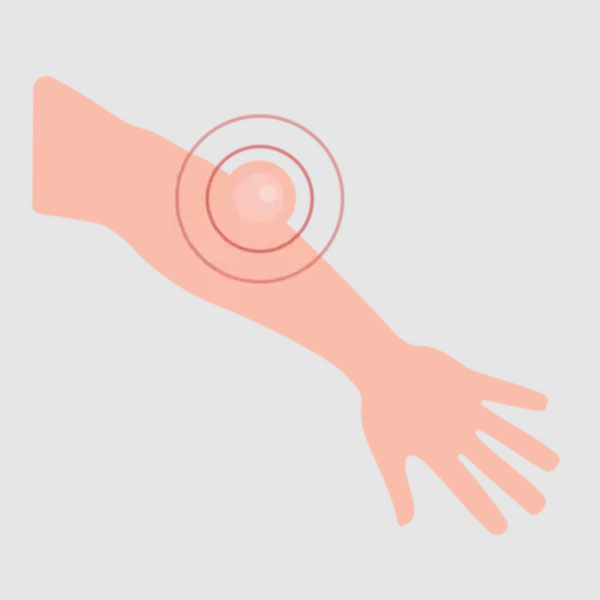
The expense of a lipoma operation in Bangalore can fluctuate, with prices starting at ₹30,000, averaging around ₹40,000, and reaching a maximum of ₹50,000. The final cost is subject to several factors, including the lipoma's size and location, the surgeon's expertise, and the amenities provided by the hospital.
Frequently Asked Questions:
Generally, the lipoma operation is performed under local anesthesia, ensuring minimal discomfort during the procedure. Patients may experience some mild soreness or discomfort after the operation, but this can be managed with pain medication prescribed by the doctor.
The duration of the lipoma operation varies depending on the size and location of the lipoma. In most cases, the procedure is relatively quick and can be completed within 30 minutes to an hour.
The extent of scarring after the lipoma removal depends on the size of the lipoma and the surgical technique used. Skilled surgeons aim to minimize scarring by making small incisions and placing them strategically. With proper wound care and follow-up, the scars typically fade over time.
Lipoma removal is generally considered safe; however, like any surgical procedure, it carries some inherent risks. Possible complications may include infection, bleeding, allergic reactions to anaesthesia, or rare instances of nerve damage. It's essential to discuss these risks with your surgeon before the operation.
In most cases, once a lipoma is removed, it does not grow back. However, there is a slight chance of recurrence, especially if the lipoma wasn't entirely excised. The surgeon's skill in ensuring complete removal and proper wound closure plays a role in reducing the likelihood of recurrence.
Procedure Time:
- 2-5 hours
Full Recovery:
- 6 weeks
Anaesthetic:
• General
Back to work:
• After 2 weeks
Duration of results:
• Permanent
Results:
• Noticeable within 2 weeks
Temporary risks & complications:
• May include soreness, bleeding, persistent pain, and infection
• *Individual results and reactions may vary.
